When I was first commissioned by the Orchestra of the Age of Enlightenment I never dreamed that it would turn into a marriage of such long duration. The length and breadth of the collaboration has lasted over 20 years now, and long may it continue. It has afforded me the opportunity to get to know many of the players, which as time passes allows for an intimacy and trust that's very rare in photography, a profession which, like the proverbial shark, requires constant forward movement.
Some of the musicians have been in front of the camera since the very first shoot back in 1996, some have retired, and, as these things go, there have been many newcomers. I’ve been able to watch and listen to this wonderful orchestra for a long time, and it never ceases to amaze me when all these people that I photograph and have got to know on a personal basis, upon entering the concert hall, shed their friend status and perform so magnificently and passionately.
For the longest time I’ve avoided looking at the work as part of a whole. Each year has brought a new assignment, a new challenge, a new concept. The occasion of the OAE’s 30th anniversary made me realise that, looked at in its entirety, my work with them is a pictorial history that has both reflected their spirit and helped shape their identity. I say this with pride, but also with humility; pride because it has also helped shaped my own identity as a photographer, and humility because I am constantly in awe of the art and intelligence these musicians bring to their craft. They are truly a group of inspirational people.
- Eric Richmond's portraits of the OAE are on display at Royal Festival Hall, from 4 to 8 June
Click on the thumbnails to enlarge


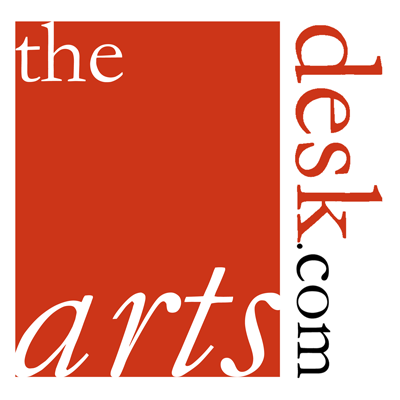
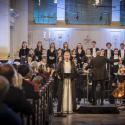


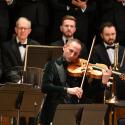
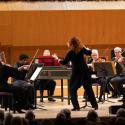
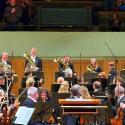



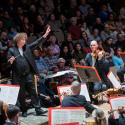
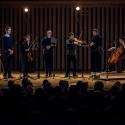
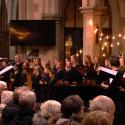
Add comment